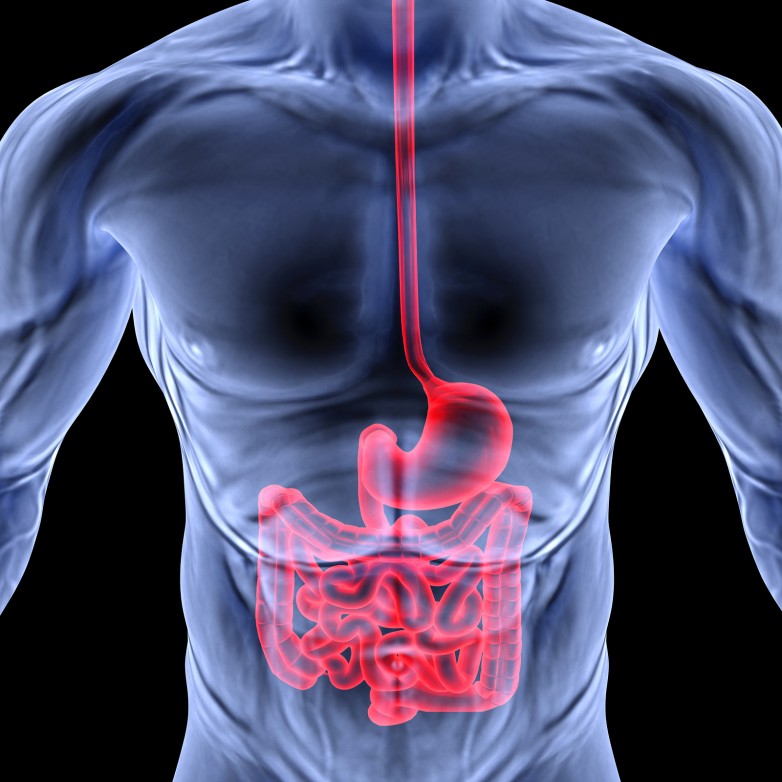By Dr. Don Fisher
We now know there is a link between obesity and risk for diabetes as well as a link between fat and inflammation in the body.
Take this test: 1) Sit down. 2) Grab your belly with both hands. 3) Shake it! When I used to weigh over 300 pounds, this was no problem — easy to do! However now, with weight loss and a much improved diet, it cannot happen — there is nothing to shake.
So if you can grab belly fat and there is something there to shake — you are at risk for diabetes and several diseases that result from inflammation like asthma, arthritis, inflammatory bowel disease and (of greatest concern) heart disease.
Hormones help give you energy and motivation to exercise, however nothing will improve your health more than diet! Women suffer with increase in fat when estrogen falls and get fat in places they have never have before — usually belly, butt and thighs. Men gain love handles and belly fat with lower than optimal levels of testosterone.
As the level of fat in the blood rises, the body’s ability to clear sugar from the blood drops. Where does this fat in our blood that’s wreaking all this havoc come from? It comes from the fat that we eat and from the fat that we wear.
The number of fat cells we have stays constant in adulthood. After massive weight loss, our fat cells shrink as they offload fat, but the number stays the same. Conversely, when we gain weight, our fat cells just stretch as we pack more and more into each individual fat cell.
So when our belly, butt or thighs get big, we’re not adding more fat cells. We’re just cramming more fat into each cell. At a certain point, our cells become so bloated that they spill fat back into the bloodstream.
This is an illustration of the so-called “Spillover Effect.” Not only does an obese person have more fat, but they’re constantly spilling that fat into their bloodstream. So that could be the link between obesity and diabetes. Fat is spilling out from our fat cells and gets lodged in our muscle cells, leading to the insulin resistance that promotes the onset of type 2 diabetes.
Or the fat can enter our bloodstream through our mouth. If you put people on a low carb diet, fat builds up in their muscle within two hours.
The more fat in the muscle, the lower our ability is to clear sugar from the blood. It doesn’t take years for this to happen, just hours after these foods go into our mouths. A fat-rich diet can increase fat in the blood and this increase is accompanied by a decrease in insulin sensitivity.
Studies clearly demonstrate that fat in the blood directly inhibit glucose transport and usage in our muscles, which is responsible for clearing about 85% of the glucose out of blood. These findings also indicate an important role of nutrition, particularly increased consumption of fat, for the development of insulin resistance.
Normally we only have 1 to 500 micromoles of free fat floating around in our blood stream at any one time, but those who are obese are constantly spilling fat out into their bloodstream.
We can reach those same levels in our blood eating a high fat diet. So a skinny person eating a low carb diet can have the same level of fat in their blood that obese people do. Similarly being obese is like eating some horrible bacon and butter diet all day, because obese persons are constantly spilling fat into their bloodstream no matter what goes in their mouth.
Dr. Don Fisher, D.O., is a leader in the practice of Age Management Medicine and medical director of The Best Program in Fort Lauderdale. His Healthwatch column will appear biweekly.







